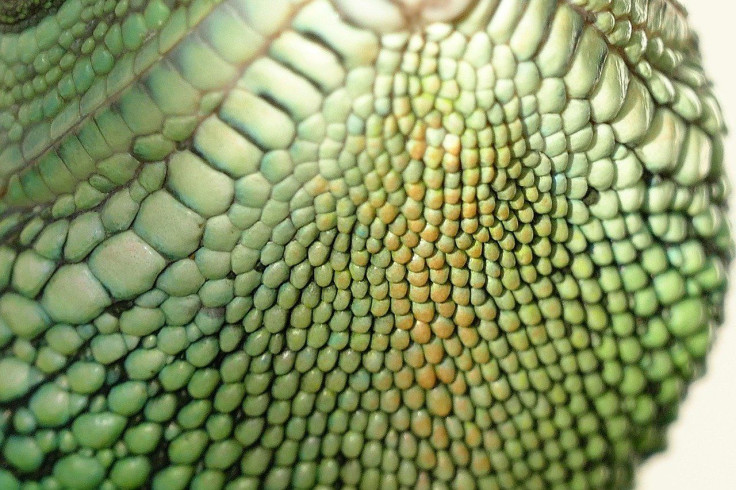New Dragon-Like Lizard Species Discovered In The Tropical Andes
KEY POINTS
- Researchers collected lizards during field surveys between 2011 and 2018
- The discovery added knowledge on the Huallaga river basin's herpetofauna
- Most of the specimens were recovered from fragmented habitats
A team of researchers has discovered a new species of dragon-like lizards in the Tropical Andes. This comes after years of disruption in scientific surveys in the area.
The Huallaga drainage is the largest tributary of the Marañon River, extending 1,138 kilometers, the researchers of the new study describing the new species, published in Evolutionary Systematics, said. The basin holds a "great variety of ecosystems" that shelter many endemic creatures such as mammals, birds and amphibians.
"However, our knowledge on their biodiversity remains poor because the biological assessments in this area were disrupted in the eighties due to an internal war against terrorist legions and drug traffickers," the researchers wrote.
The Peruvian government was able to liberate the area "little by little" in the late 1990s, Pensoft Publishers said in a news release. Because of this, scientific surveys have been able to push through in recent years, including ones that resulted in the discovery of eight new species of anurans.
To add to the knowledge on the Huallaga river basin's herpetofauna, the researchers conducted field surveys between 2011 and 2018. It was during this period that the researchers were able to collect most of the lizards by hand at night.
Through these efforts, the researchers discovered a new wood lizard species, the Enyalioides feiruzae, which they distinguished by several characteristics that differentiated it from other Enyaloides species.
The creatures come in various "stunning" colors, Pensoft Publishers said, with the males especially coming in colors ranging from greenish brown to brownish turquoise. In the images shared alongside the study, one can see the variety of the species' coloration and just how dragon-like the creatures' appearances can be.
The researchers gave it the name Feiruzae after Feiruz, "a female green iguana, muse and lifelong friend" owned by Catherine Thomson. The owner supported their research and conservation efforts.
It's possible the species separated from its close relatives after it got geographically isolated due to climate oscillations and tectonic activity in the Early Miocene, Pensoft Publishers noted. This now makes the E. Feiruzae the 16th known Enyalioides species. According to the researchers, only seven were known in the previous centuries.
"Among hoplocercine lizards, wood lizards (Enyalioides) represent one of the South American lizard groups with the highest species discovery rate (corrected for clade size) of this century," the researchers wrote.
Unfortunately, the researchers collected most of the new species' specimens in fragmented habitats that were surrounded by corn and cacao plantations. The only known protected populations, the researchers said, were in the Tingo Maria National Park.
"On the basis of our limited knowledge on distribution, population status, and the resilience of E. feiruzae in a fragmented landscape, we recommend to place E. feiruzae in the Data Deficient category of the IUCN Red List of Threatened species," the researchers wrote.
Founded in 1964, the International Union for Conservation of Nature (IUCN) Red List of Threatened Species is the most comprehensive inventory of plant and animal species' global conservation status. It also assesses the extinction risk of species using a set of qualitative criteria.

© Copyright IBTimes 2024. All rights reserved.





















